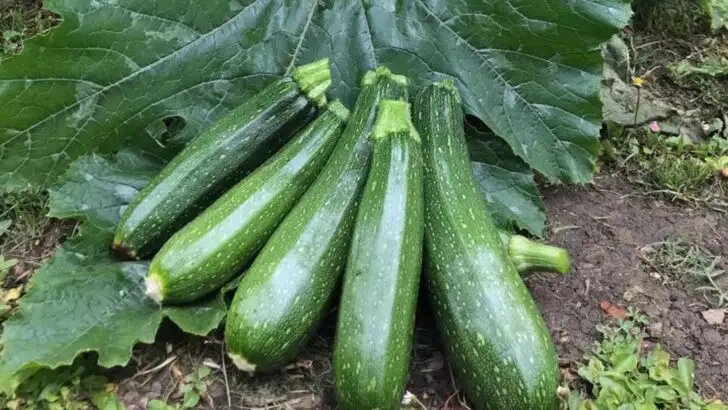You don’t need acres of farmland—or even a full backyard—to grow real food that can feed your household. In fact, some of the most productive vegetables are also the most space-efficient. Whether you’re gardening in raised beds, containers, or a tight urban lot, the key is choosing high-yield crops that give you the most harvest per square foot.
In times when food costs are rising and supply chains feel unreliable, growing your own groceries is no longer just a hobby—it’s a smart way to boost food security and reduce household expenses. But not all vegetables are created equal. Some take months to mature with minimal payoff, while others will keep producing again and again, even in compact spaces.
The vegetables in this list are heavy hitters—chosen for their ability to produce continuous, abundant harvests with minimal input. From fast-growing greens to climbing crops that go vertical instead of wide, these 20 options are perfect for small gardens with big goals. If you want to feed your family without expanding your footprint, start with these.
Tomatoes
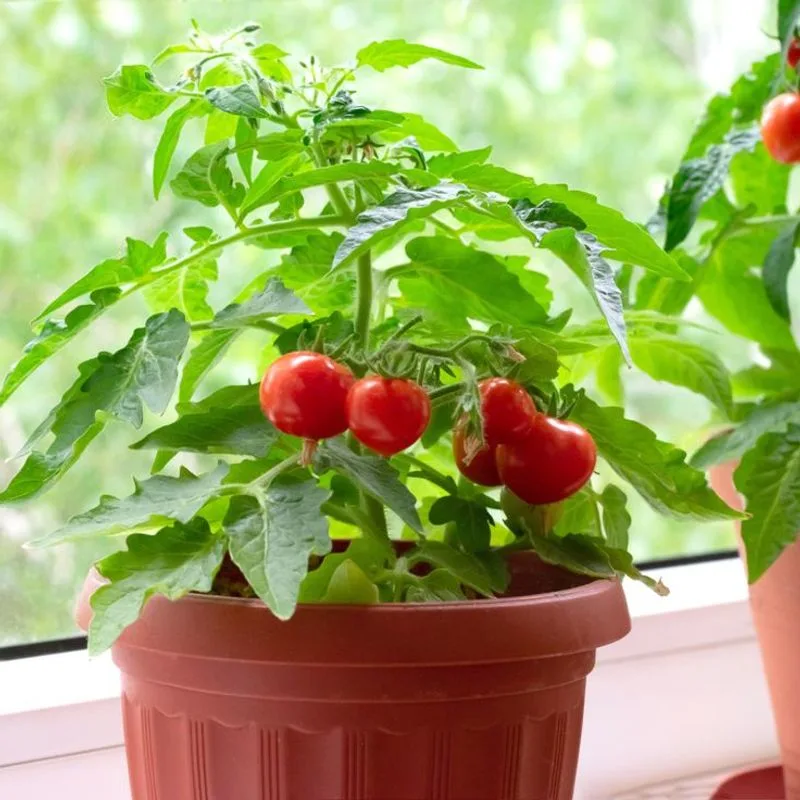
Tomatoes are the diva of the vegetable world, known for their juicy, flavorful fruits. These plants thrive vertically, making them perfect for gardeners with limited ground space. A single potted tomato plant on a sunny balcony can yield an impressive bounty. Varieties like cherry or grape tomatoes are particularly prolific, offering clusters of fruits throughout the season.
With careful staking or caging, tomatoes reach upwards rather than spreading out, saving precious space. The taste of homegrown tomatoes, often described as a revelation compared to store-bought, makes them a favorite choice for many.
Bell Peppers
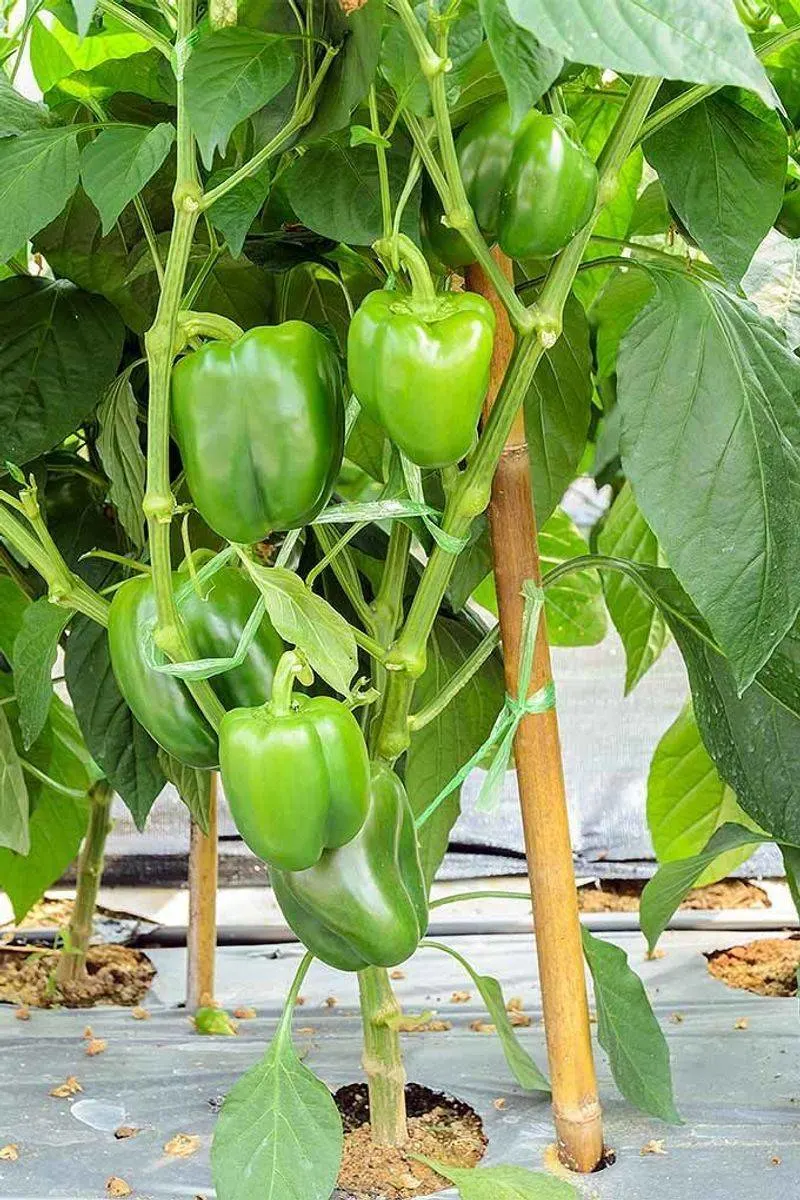
Bell peppers, with their glossy skin and sweet crunch, are a staple in many kitchens. These plants are well-suited for container gardening, as they don’t require a large footprint. A single plant can produce multiple peppers, especially when given full sun and regular watering. Choose compact varieties for the best results in small spaces.
Their upright growth pattern maximizes vertical space, and with a spectrum of colors from green to red, they add visual appeal to any garden. Peppers are not only nutritious but also versatile, fitting seamlessly into a variety of dishes.
Lettuce
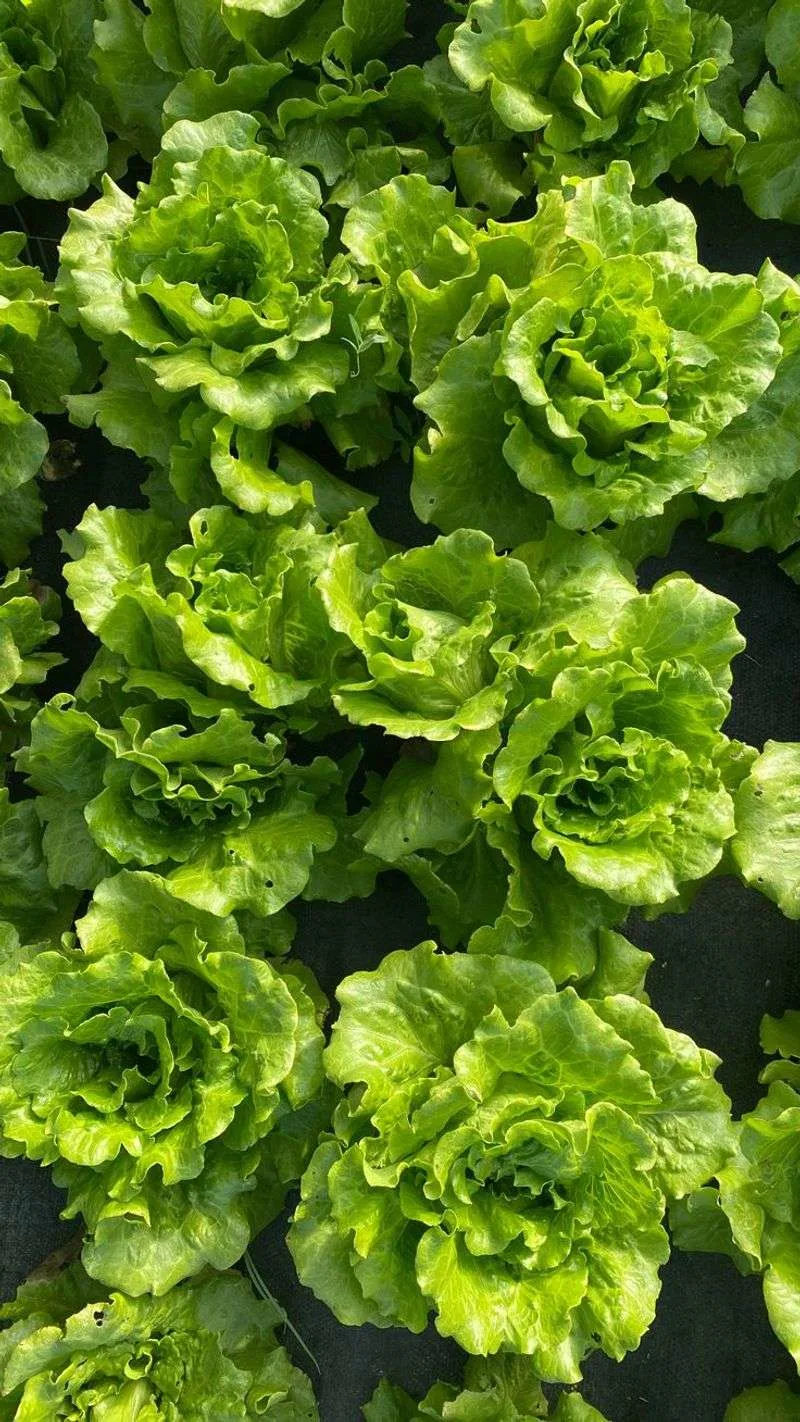
Lettuce is the unsung hero of the salad bowl, offering a crisp and refreshing bite. This leafy green is incredibly adaptable, growing well in both containers and small garden plots. It thrives in cooler weather, making it a great choice for early spring or late fall planting.
Loose-leaf varieties are particularly space-efficient, allowing for cut-and-come-again harvesting. A few plants can keep a family supplied with fresh greens for weeks. Lettuce’s rapid growth and minimal space requirements make it a staple for small-scale gardeners.
Radishes
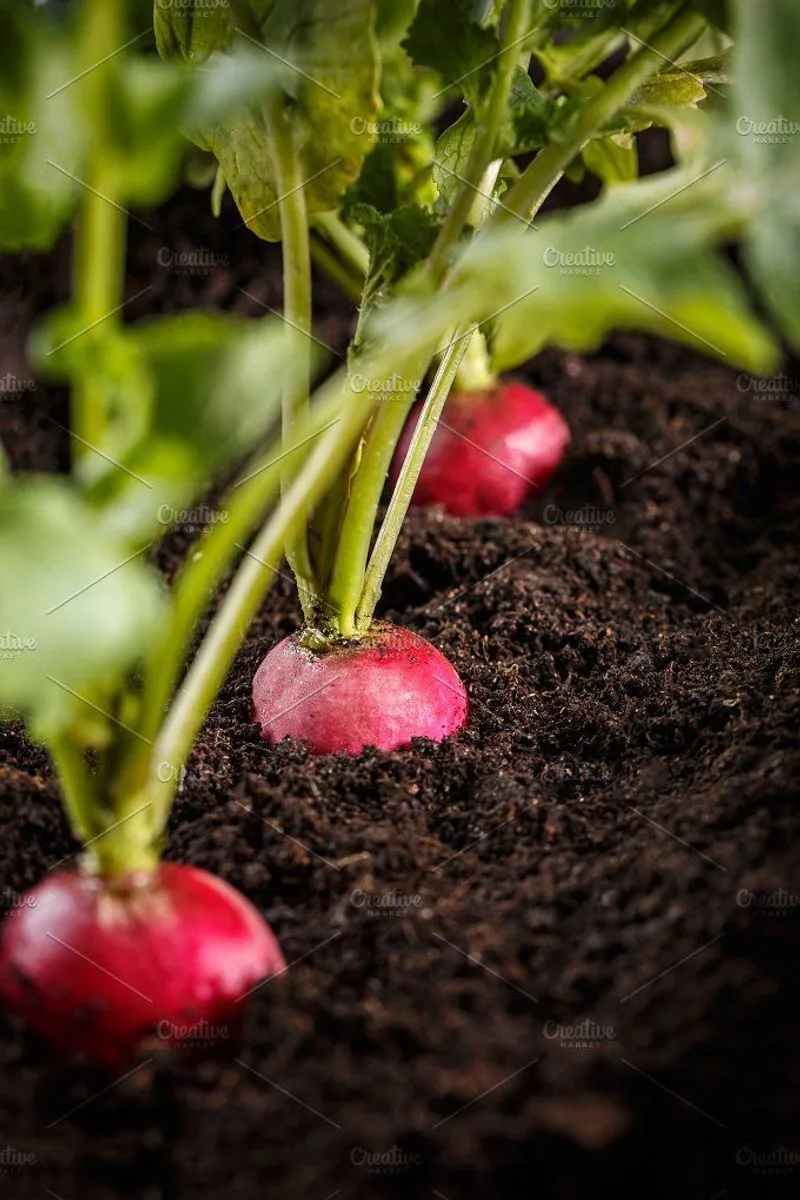
Radishes are the speedsters of the vegetable patch, ready for harvest in as little as 25 days. These root vegetables require minimal space, making them ideal for interplanting with slower-growing crops. Their peppery crunch adds a delightful zing to salads and sandwiches.
Plant radishes in successions to enjoy a continuous harvest. Their quick maturation and compact size mean they can be tucked into corners of the garden or even grown in window boxes. Radishes are perfect for gardeners eager to see quick results and enjoy fresh produce.
Spinach
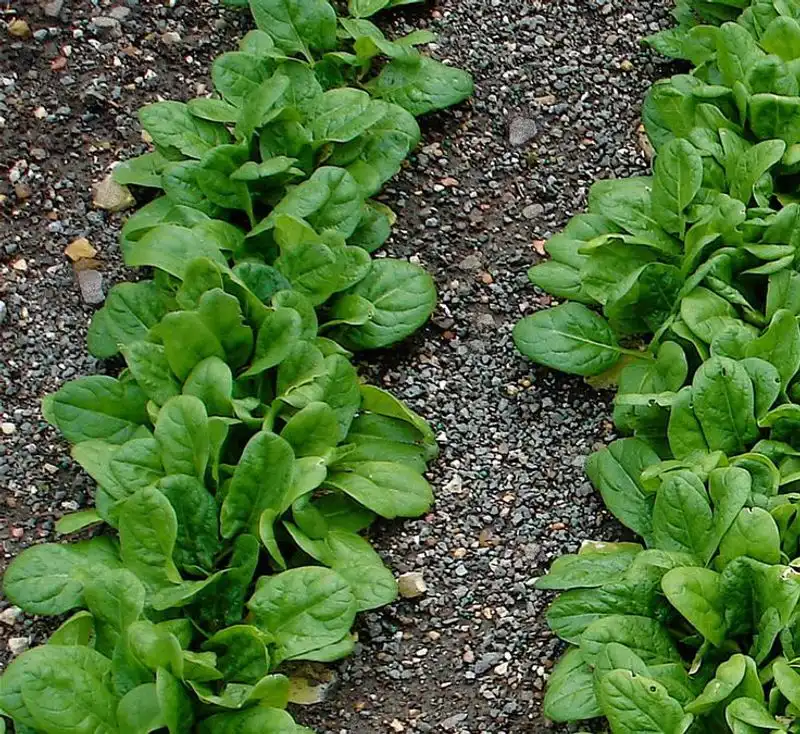
Spinach is a powerhouse of nutrition, loaded with vitamins and minerals. Its ability to grow in partial shade makes it a versatile choice for small gardens. Spinach leaves can be harvested continuously, providing a steady supply of greens.
Planting spinach in containers or narrow garden beds takes advantage of its compact growth habit. This leafy green’s mild flavor makes it a popular choice for salads and cooked dishes alike. Spinach’s ease of cultivation and nutritional benefits make it a top pick for small-space gardeners.
Carrots
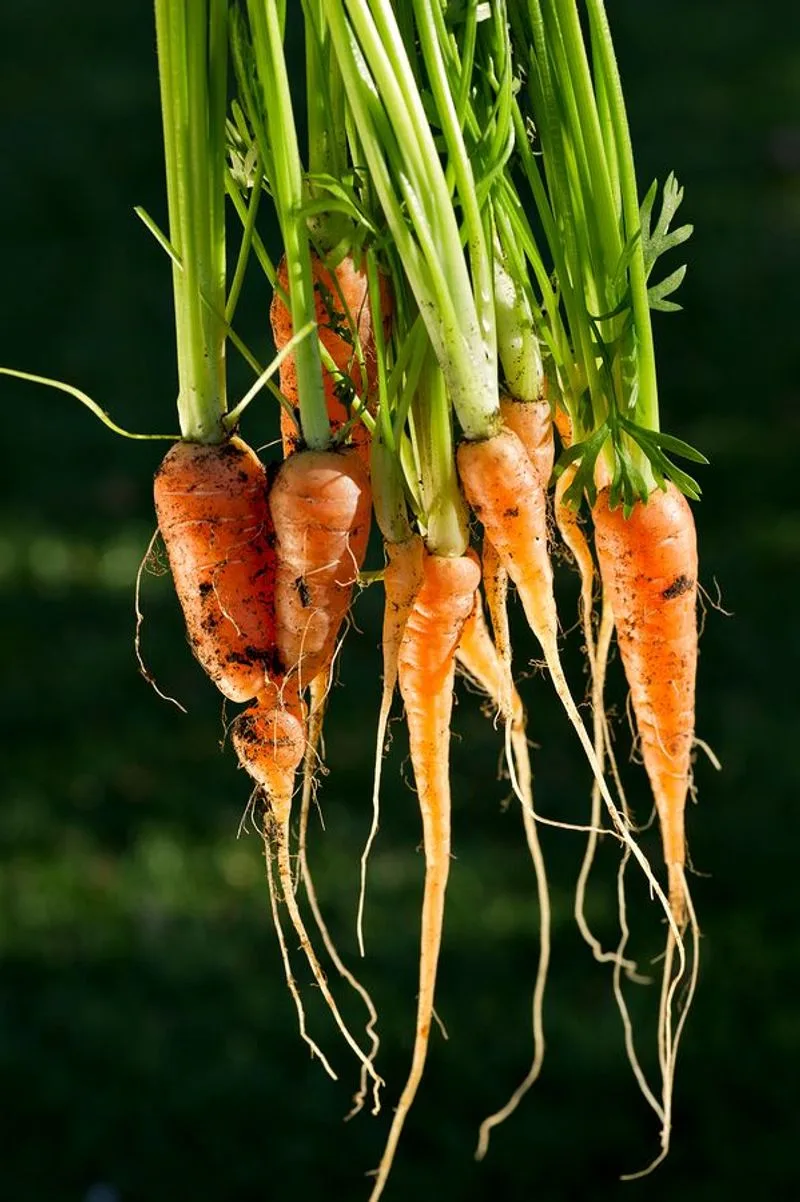
Carrots offer a sweet crunch that’s hard to resist, and their vertical growth makes them perfect for small spaces. Deep pots or raised beds allow their roots to develop fully, even in confined areas. Different varieties, such as Nantes or Chantenay, provide gardeners with options for various growing conditions.
These root vegetables are not only delicious but also packed with beta-carotene, crucial for healthy vision. Carrots’ adaptability to different soil types and climates makes them a versatile addition to any small garden plot or container.
Cucumbers
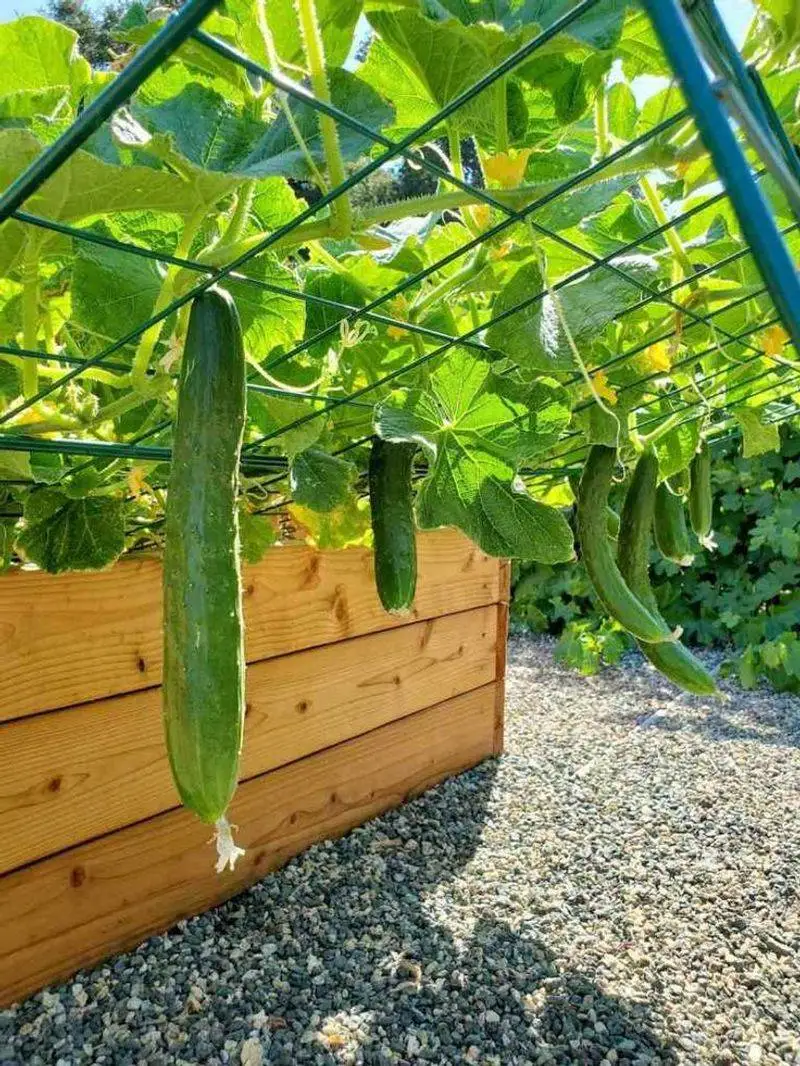
Cucumbers are the acrobats of the garden, thriving when given vertical support like trellises or fences. This climbing habit makes them a favorite for gardeners with limited horizontal space. A few cucumber plants can yield a plentiful crop, perfect for salads or pickling.
For small spaces, consider bush varieties or train vining types upwards. Their refreshing crunch and hydration benefits make cucumbers a summer staple. Enjoy homegrown cucumbers in salads or as crispy snacks, straight from the vine.
Swiss Chard
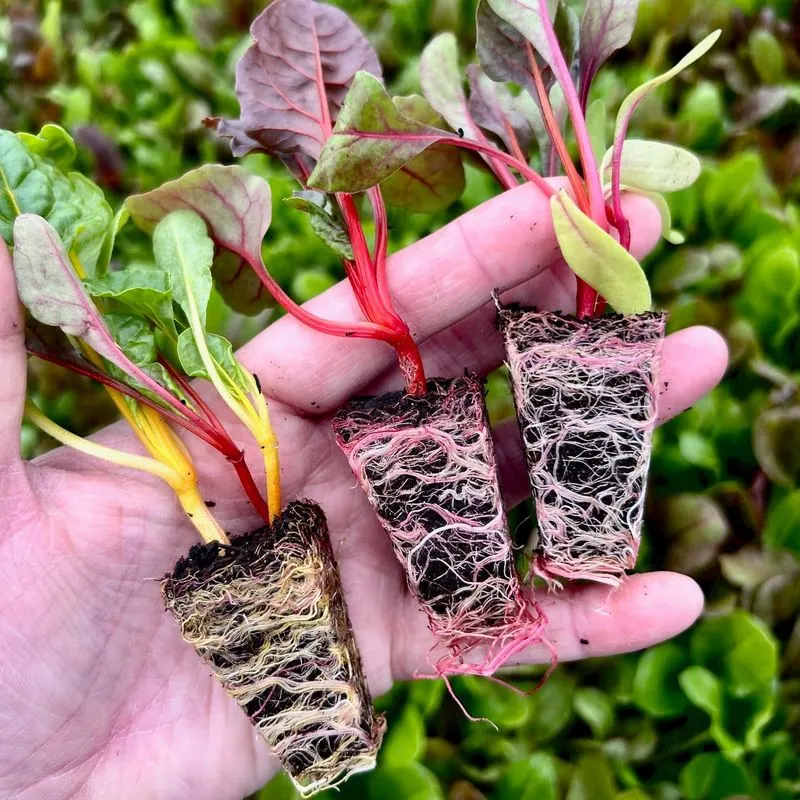
Swiss chard, with its colorful stems and large leaves, is as ornamental as it is edible. This nutritional powerhouse grows well in tight spaces, offering a continuous harvest of leaves. Whether steamed, sautéed, or raw, Swiss chard is a versatile addition to meals.
The plant’s tolerance for various climates and its ability to thrive in containers make it a popular choice for urban gardeners. Its striking appearance adds visual interest, transforming small plots into vibrant, productive spaces.
Zucchini
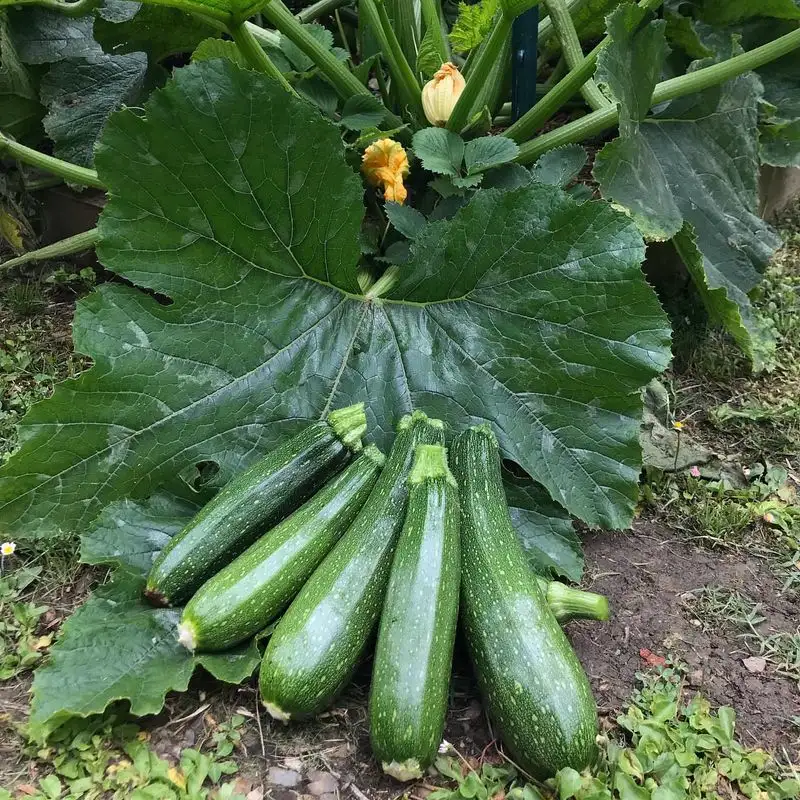
Zucchini is renowned for its prolific nature, often surprising gardeners with its abundant output. Despite needing a bit of space, a single plant can furnish a generous yield. Compact or bush varieties are perfect for smaller gardens or containers.
Harvest zucchini regularly to encourage continued production. Its mild flavor and tender texture make it a versatile addition to dishes, from stir-fries to baked goods. Zucchini’s ability to produce heavily in limited space makes it a valuable asset for home gardeners.
Bush Beans
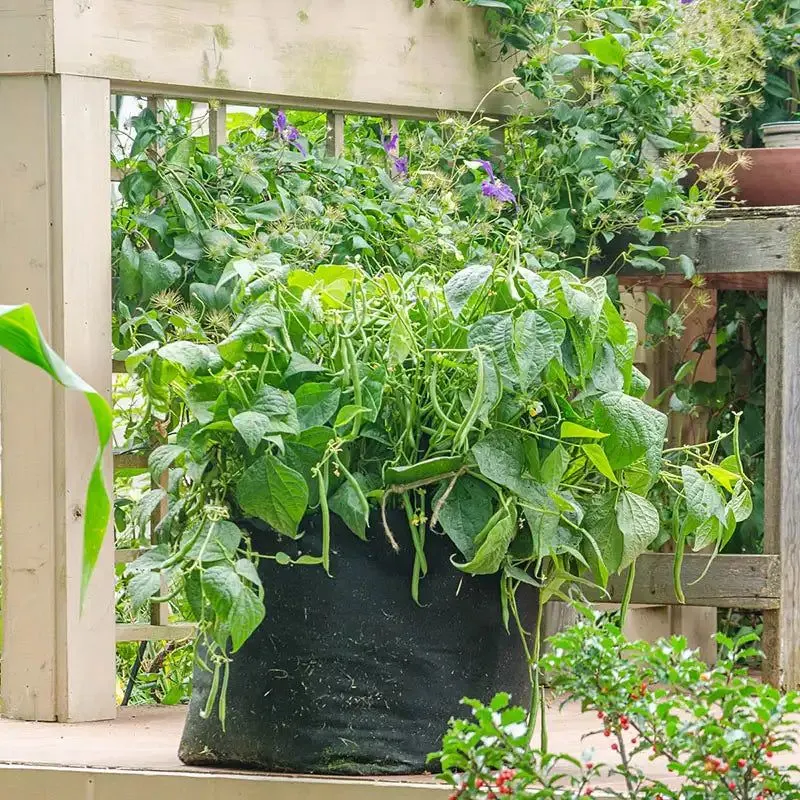
Bush beans are the workhorses of the garden, offering a robust yield without the need for extensive space. Their compact growth habit allows them to fit neatly into small garden beds or large pots. Plant seeds directly in the soil, and watch as they grow quickly and produce a bountiful harvest.
These beans are excellent sources of dietary fiber and protein, making them a nutritious addition to meals. With regular picking, bush beans continue to produce, providing gardeners with a consistent harvest over the growing season.
Kale
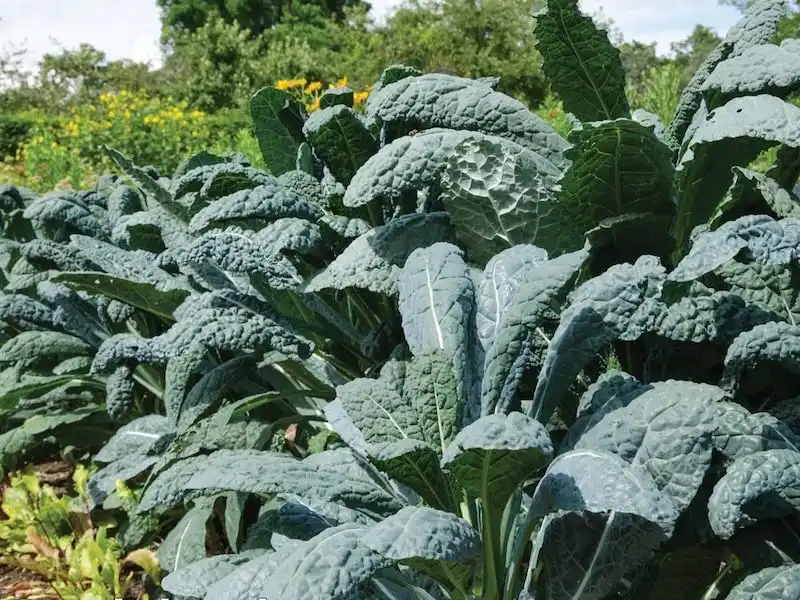
Kale, with its curly leaves and rich color, is a nutritional superstar. Its compact size and ability to grow in partial shade make it ideal for limited spaces. Kale can be harvested by picking lower leaves, encouraging new growth from the top.
This hardy green thrives in cooler temperatures, providing fresh produce well into the fall. Kale’s versatility in the kitchen, from salads to smoothies, makes it a favorite among health-conscious gardeners. Its resilience and nutritional benefits elevate any small garden plot.
Beets
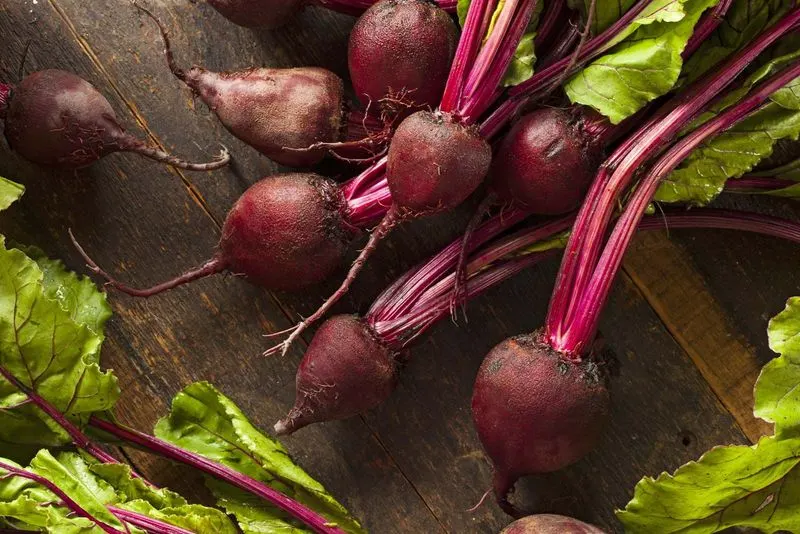
Beets are dual-purpose wonders, offering both roots and greens. The vibrant red roots are sweet and earthy, while the leafy greens provide a nutritious side dish. Beets thrive in small spaces, especially when grown in deep containers or raised beds.
Plant them in succession for a continuous harvest. Their fast growth and minimal care requirements make beets a favorite for beginner gardeners. Both the roots and greens can be enjoyed in salads, cooked dishes, or as juicing ingredients, maximizing their culinary potential.
Onions
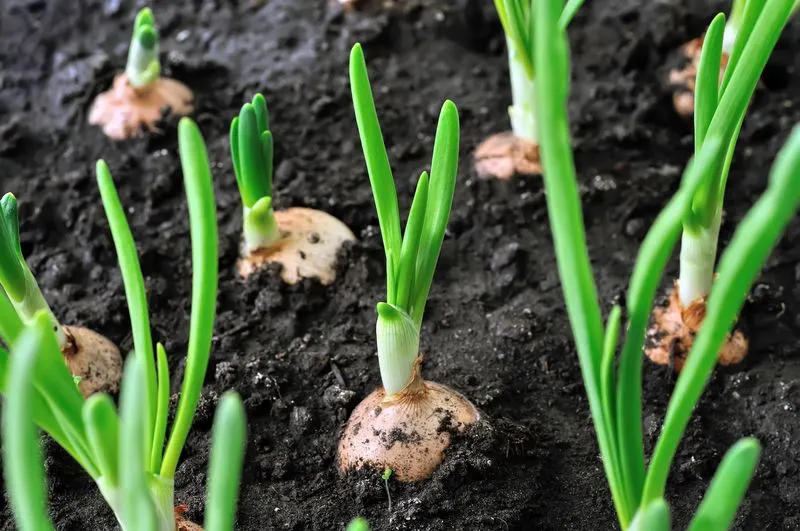
Onions bring robust flavor to dishes, and their vertical growth makes them space-efficient. Growing well in small spaces, they can be planted densely in containers or garden beds. Green onions or scallions are particularly suited for limited spaces and offer quick harvests.
These hardy plants are relatively low-maintenance, requiring minimal intervention once established. They contribute significantly to culinary endeavors, enhancing both flavor and nutrition in meals. Onions’ versatility and ease of growth make them a staple for space-conscious gardeners.
Peas
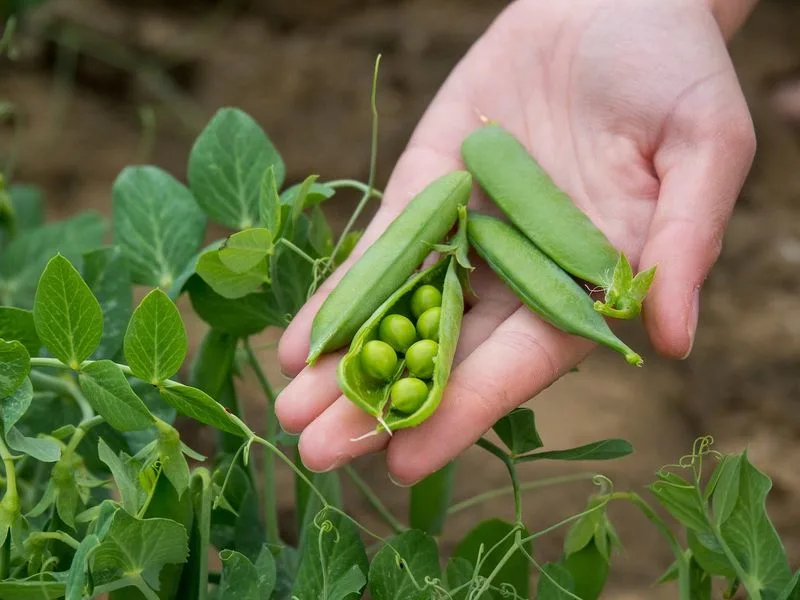
Sweet and tender, peas are a delight to grow, and they thrive when given vertical support. Their climbing habit makes them ideal for small gardens where ground space is at a premium. Peas, whether shelling or snap, offer a crisp texture and sweet flavor.
Plant them early in the season to take advantage of cooler weather. Their nitrogen-fixing ability benefits the soil, making them a valuable crop for crop rotation. Peas’ charm lies in their delicate vines and the fresh, sweet peas they produce, right from the garden to the plate.
Garlic
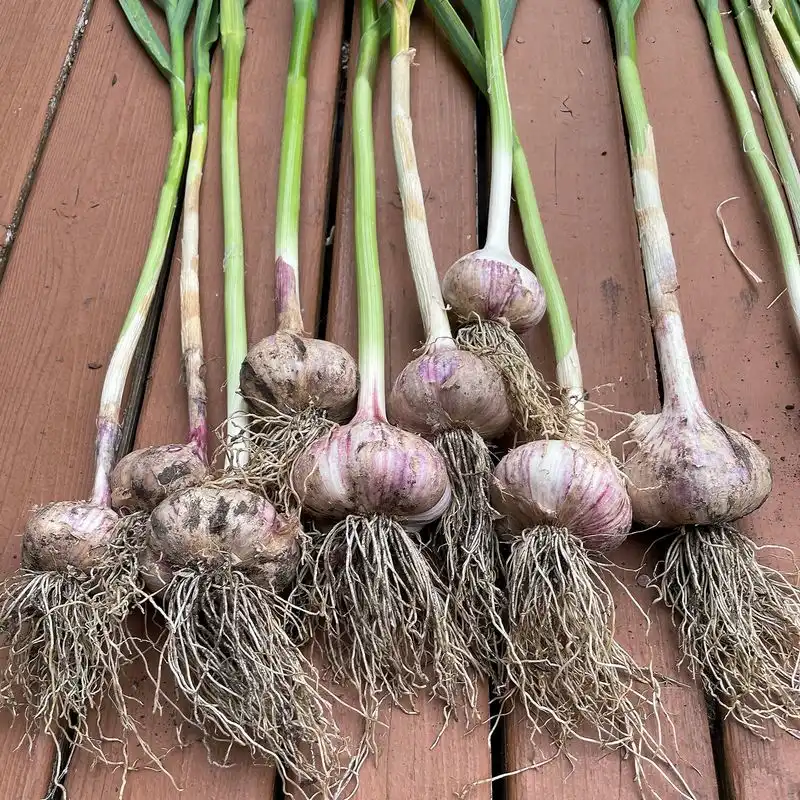
Garlic, known for its pungent aroma and flavor, is surprisingly simple to grow. It requires minimal space and can be tucked into any sunny spot. When planted in fall, garlic cloves develop into robust bulbs by the following summer.
The key is providing well-draining soil and regular watering. Once harvested, garlic stores well, providing a long-lasting supply. Its culinary uses are vast, enhancing the flavor of countless dishes. Garlic’s simplicity in cultivation and powerful kitchen presence make it a must-have for home gardeners.
Parsley
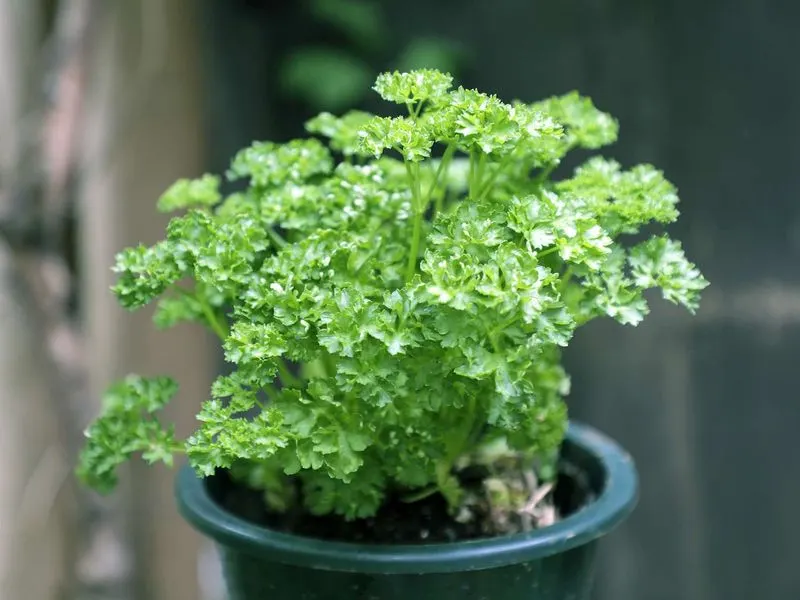
Parsley is more than just a garnish; it’s a versatile herb that elevates dishes with its fresh, vibrant flavor. This biennial plant thrives in containers, making it an excellent choice for windowsills or small patios. Regular harvesting encourages bushy growth.
Flat-leaf varieties are particularly prized for their flavor and ease of chopping. Apart from its culinary uses, parsley is rich in vitamins and can aid digestion. Growing parsley in small spaces ensures a ready supply of fresh herbs, enhancing the taste and nutrition of home-cooked meals.
Basil
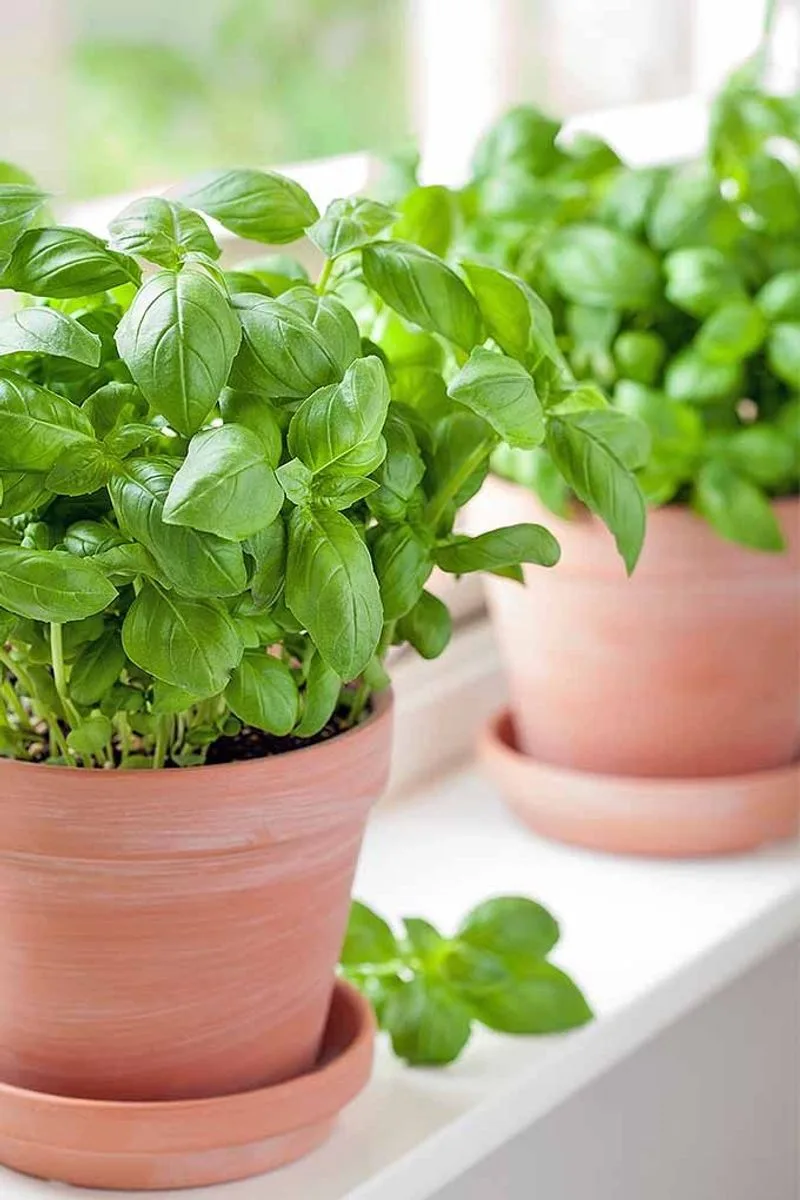
Basil, with its aromatic leaves, is a beloved herb in culinary circles. Its compact growth makes it well-suited for container gardening, allowing fresh basil to be within arm’s reach in the kitchen. Regular pinching of leaves promotes fuller, bushier plants.
The sweet and spicy flavor of basil complements a variety of dishes, from pastas to salads. Basil thrives in sunny conditions and requires consistent watering. Its delightful scent and culinary versatility make basil a favorite choice for small-space gardeners seeking fresh herbs.
Thyme
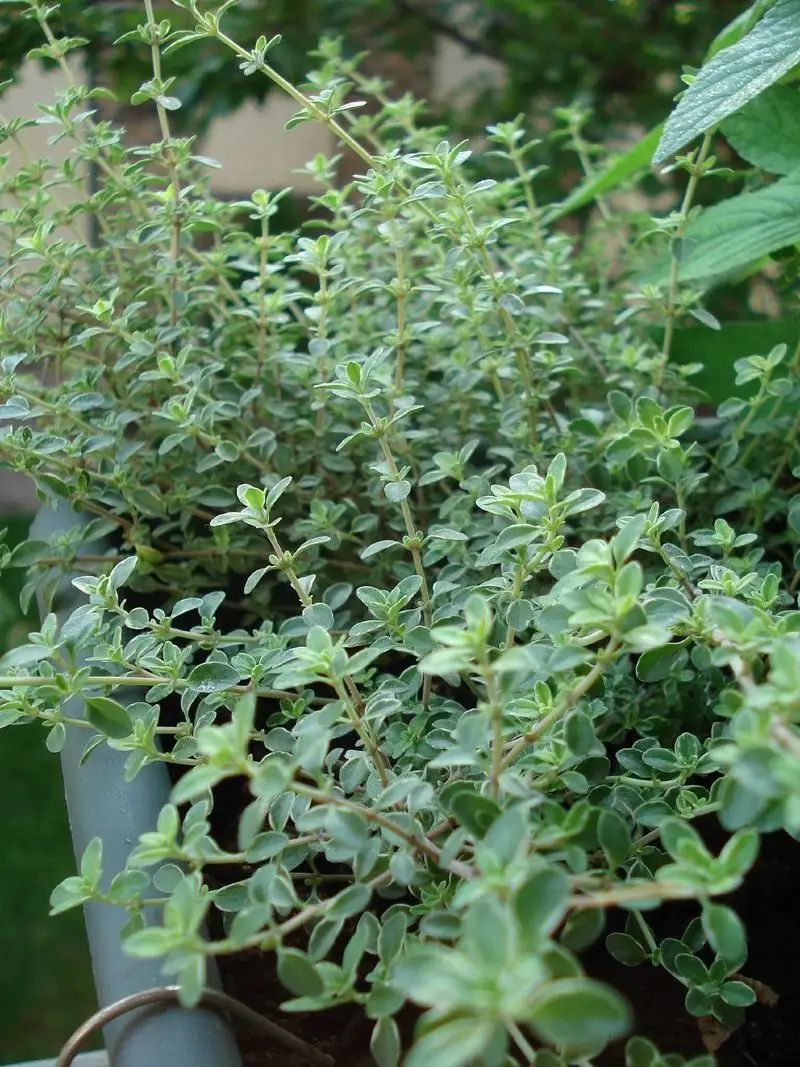
Thyme is a hardy perennial herb, offering a subtle earthy aroma that enhances many dishes. Its low-growing, spreading nature makes it ideal for edging in small gardens or as a ground cover in containers. Thyme thrives in well-drained soil and requires minimal maintenance.
This herb is drought-tolerant once established, making it perfect for sunny spots. Thyme’s robust flavor is a staple in Mediterranean cuisine, adding depth to soups, stews, and marinades. Growing thyme in small spaces ensures a perennial supply of this treasured culinary ingredient.
Arugula
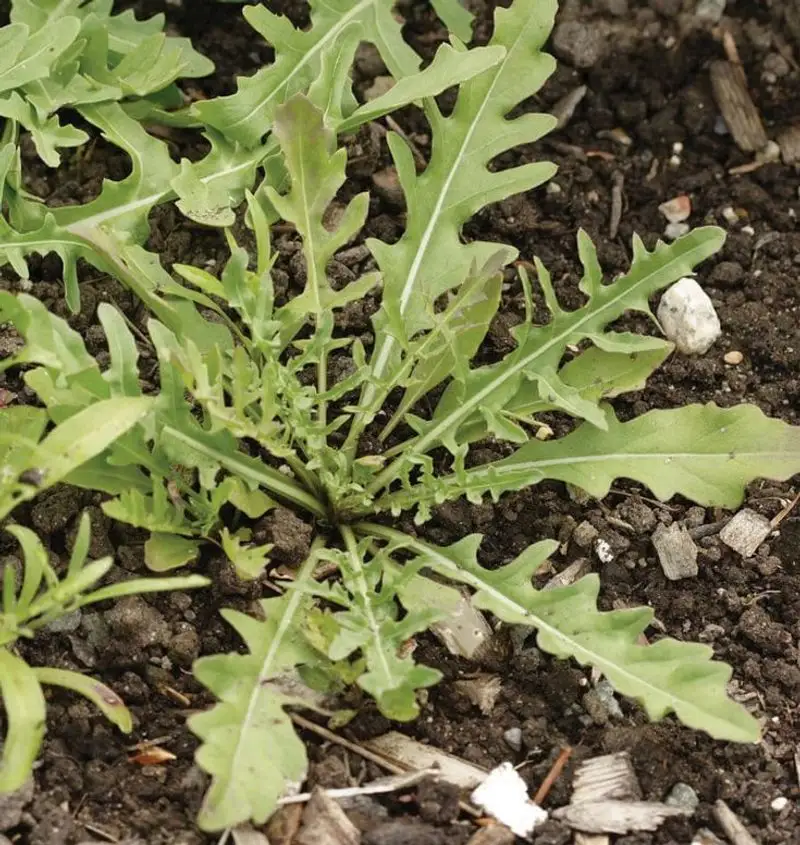
Arugula, with its peppery bite, brings energy to salads and sandwiches. This leafy green is fast-growing and thrives in window boxes or shallow containers. Its ability to grow in partial shade makes it versatile for different garden spots.
Regular harvesting of young leaves encourages continuous growth. Arugula’s distinctive flavor profile adds a gourmet touch to meals, making it a favorite for food enthusiasts. Growing arugula in small spaces, even indoors, provides a fresh supply of greens with a zesty kick.
Herbs Mixed
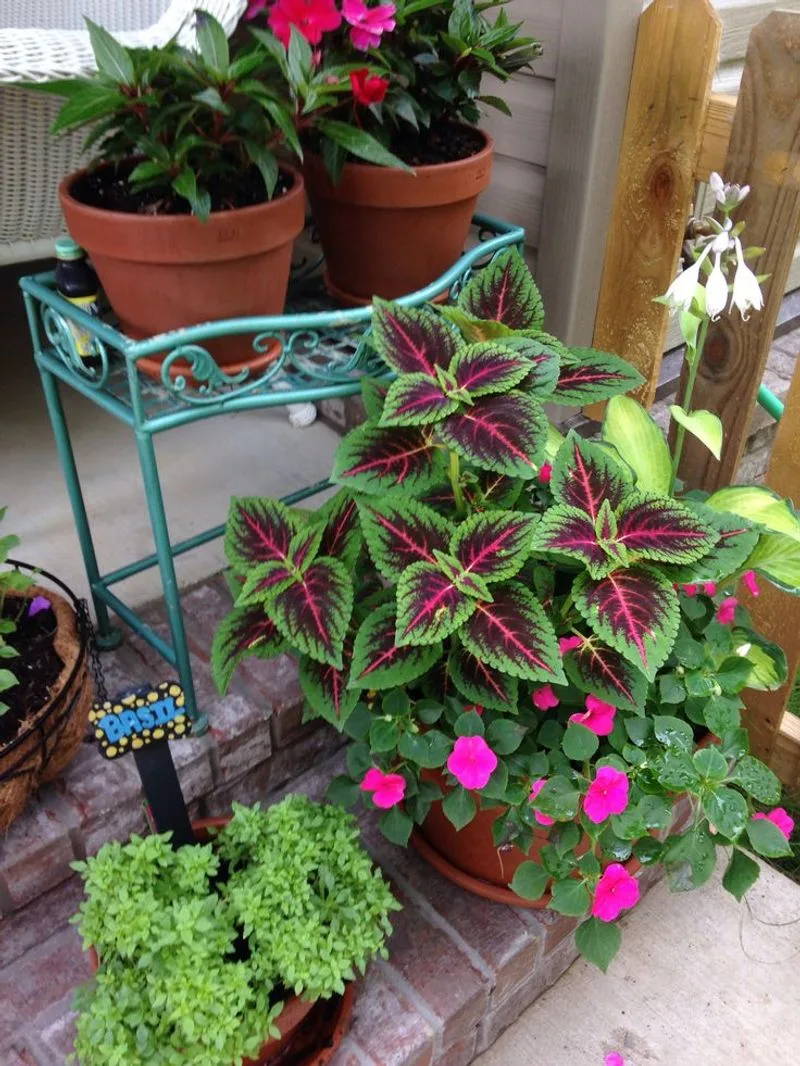
A medley of herbs like mint, cilantro, and oregano can be grown together in compact areas. Each herb offers unique flavors, transforming ordinary dishes into culinary delights. Their varied growth habits allow them to coexist harmoniously in small gardens or containers.
Herbs require minimal care and provide a continuous harvest, ensuring fresh flavors year-round. Mixing herbs in one container maximizes space and offers gardeners a variety of tastes to enhance their culinary creations. This diverse planting approach enriches both gardens and kitchens alike.

